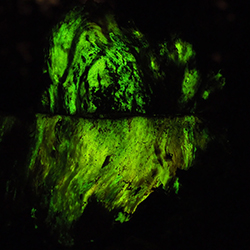Note to website visitors
Dear website visitor
You will now see the website in English.
The texts presented here were translated by www.deepl.com/Translator (free version).
translated.
Unfortunately, I can only speak limited English. Therefore I ask you:
If you find any mistakes or mispronunciations, please forgive me.
if you can even find some time to give me a correct translation,
I will be very grateful.
Best regards
Andreas Rohner
PS:
The pictures on the website are protected by copyright.
If you would like to use them, please contact me.
If there is no commercial use for them,
we will find a solution for free.
The cosmos
is, according to Wikipedia, among other things, the same as the term 'universe'. A large, infinite space.
But we also use this term for small worlds, for example for a rotten tree stump in which a cosmos exists for itself.
The ending -graphy is defined as a record, description, etc. Cosmography is therefore the description of the universe.
To broaden one's horizon is to broaden one's worldview. To be aware of one's own cosmography on a daily basis, perhaps even to record it, is a personal adventure.
Sebastian Münster called his book 'Cosmographia' in 1544 and Alexander von Humbolt also called his five-volume work 'Kosmos'.
Maps, travelogues, even descriptions of workshops are cosmographies, as these also contain a small cosmos.
This website is entirely in this spirit.
Multilingual, so that many people can participate.
Weaving, especially board weaving, is a cultural cosmos that I have only recently discovered. So the first thing I am doing here is diving into the world of threads, colours and fabric patterns.
I try to understand, describe and depict this universe from my point of view.



